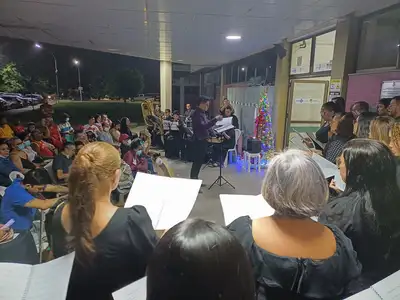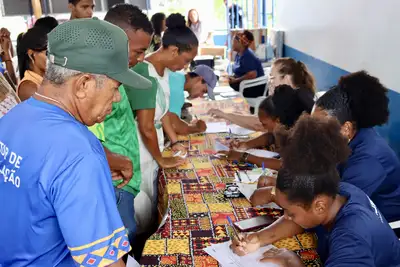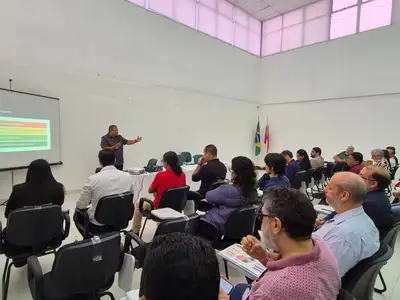The aviary of the ararajubas undergoes improvements and marks a new phase in the conservation of the species in Greater Belém
To ensure the well-being of the ararajubas during the construction period, an auxiliary aviary has already been built in the park itself.
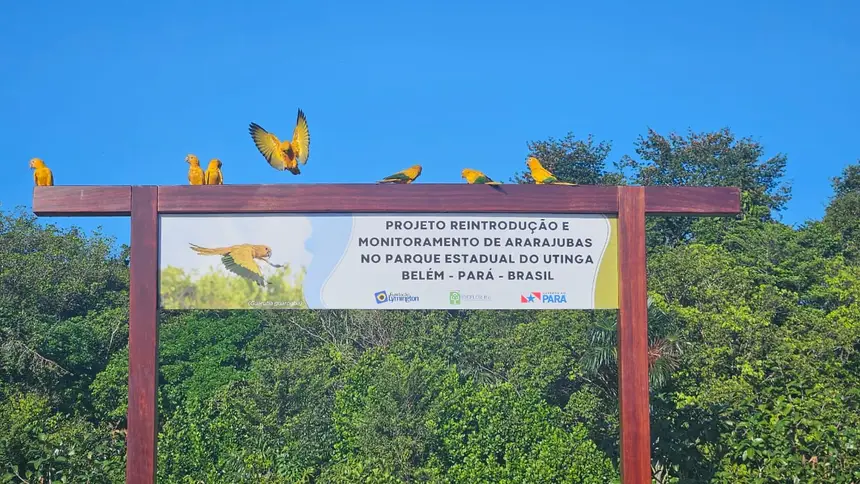
The Reintroduction and Monitoring Project for Ararajubas in the Metropolitan Region of Belém advances with a new phase: the expansion and modernization of the main aviary, located in the Utinga Camillo Vianna State Park, in Belém. Coordinated by the Institute of Forest Development and Biodiversity of Pará (Ideflor-Bio), in partnership with the Lymington Foundation from São Paulo, the initiative is a national reference in the conservation of the ararajuba, one of the most emblematic birds of the Amazon.
To ensure the well-being of the birds during the construction, an auxiliary aviary was built, also in the Utinga Park. In this space, the ararajubas are temporarily housed with all the necessary structure, while the main aviary undergoes structural interventions - including the replacement of woods, installation of new fences and nests, as well as improvements in the work areas designated for the professionals who care for and monitor the birds.
In the last eight years, the project has already returned 58 ararajubas to nature, reversing a concerning situation: until recently, the species was considered extinct in the Metropolitan Region of Belém. The success of the initiative is the result of rigorous technical work, which includes everything from adapting the birds to controlled environments to pre-release training. Currently, the ararajubas are undergoing an acclimatization period in specially prepared aviaries, with a diet based on regional fruits and stimuli that simulate the natural behavior of the species.
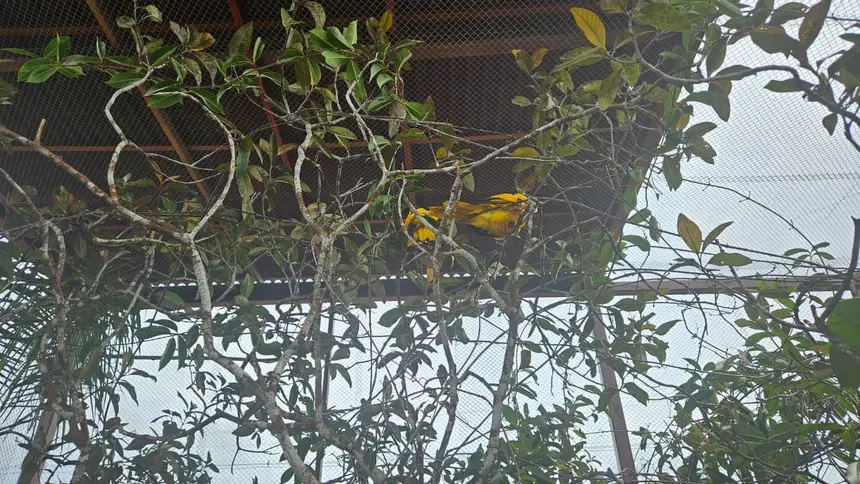
New phase and goals
The new phase of the project was marked by a recent technical visit to the Utinga Park. According to Mônica Furtado, biodiversity manager at Ideflor-Bio, the current stage involves the expansion of monitoring equipment and the reinforcement of the safety and integrity of the birds.
“Our goal is to expand the monitoring equipment and reinforce the integrity of the birds. It is a commitment to the future of the species,” she stated.
This phase is part of the third stage of the program, formalized in April 2024 through a new collaboration agreement with the Lymington Foundation. The goal is ambitious: to reintroduce another 50 ararajubas to nature by COP 30, the 30th UN Conference on Climate Change, which will take place in Belém in 2025.
The initiative reinforces Pará's leadership in environmental policies and actions for the conservation of Amazonian biodiversity, with a direct impact on the preservation of local ecosystems.
Ecological and cultural heritage
More than a technical effort, the project has generated an emotional connection with the population, promoting the symbolic rescue of the ararajubas as an icon of Amazonian fauna.
“We can already say that there is a generation of ararajubas that are genuinely from Pará. This is the result of a technical effort and love for the Amazon,” highlighted Nilson Pinto, president of Ideflor-Bio.
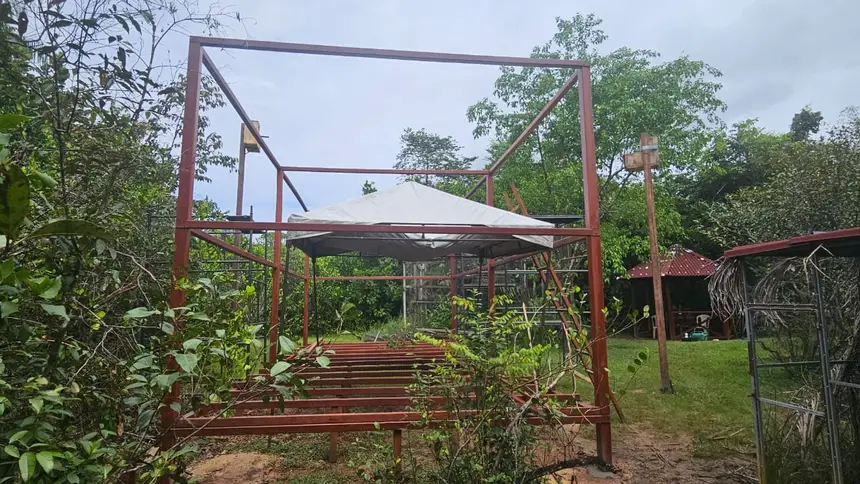
The continuous work of management and monitoring is essential to ensure that these birds return sustainably to their natural habitat, reinforcing the importance of preserving the environmental and cultural heritage of the region.
With vibrant green-yellow plumage, the ararajubas remain a symbol of environmental resistance and hope for a future in balance with the Amazon rainforest. The ongoing works and the strengthening of partnerships consolidate Pará's commitment to biodiversity conservation and sustainable development.



